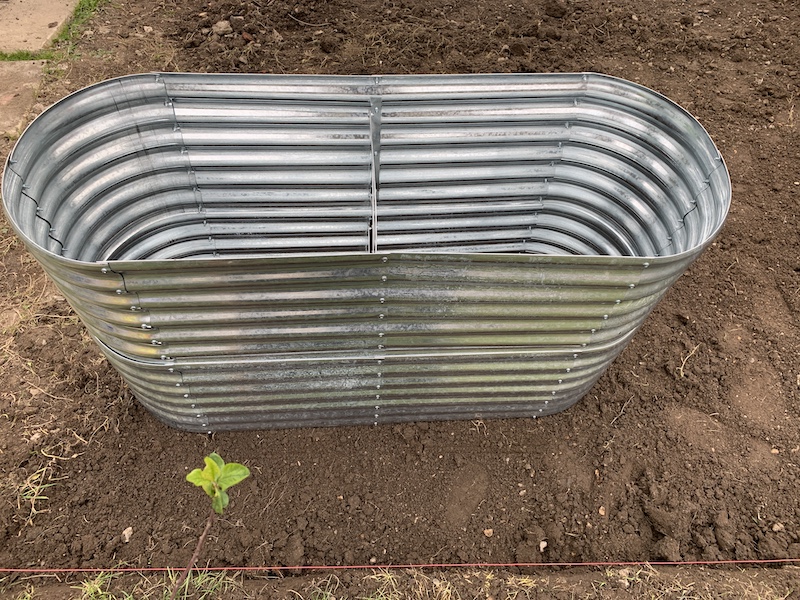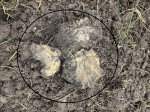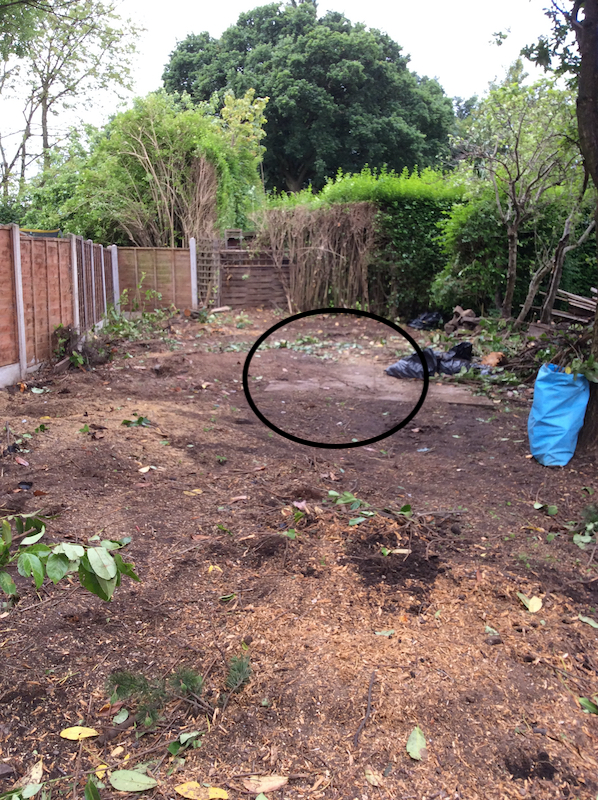Cheeky little Robins
(European)
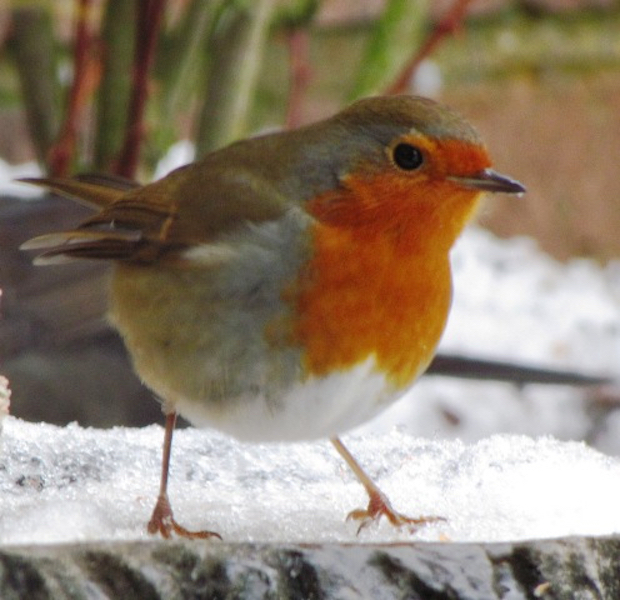
In the UK when robins are visiting it will be a European one . There is nothing happier that having one visiting while weeding in the garden. Always on the look out for a tasty morsel that may be unearthed by the fork and some are really brave and daring.
At times they come so close that I just have to stop and watch what they are doing. Hopping right beside me or landing on the weed bucket or spade.
I managed to catch a short glimpse of one such visit on this video, I have muted the sound to get rid of the background noise.
Facts about a Robins
Birds are classified as being member of the Kingdom of Animalia, Phylum (a major division that groups some similarities of organisms), Chordata (another major division for animals with backbones) and Class is Aves (this is a sub division where the forearms have turned into wings with flight muscles).
In short birds are warm blooded, have vertebrae, have feathers, no teeth, lay hard shelled eggs, have a lightweight but strong skeleton, a heart that has four chambers and a metabolic rate that is high.
Family They Belong to
Turdidae
These are the thrushes and also include the robins, bluebirds and the nightingale
Scientific or Latin Name
Erithacus rubecula
Size
12.5 - 14.0 cm which is 4.9 - 5.5 inches long.
Colour of feathers
Chests - Red or Orange
Faces are lined in a greyish colour.
Their back and wing feathers are brown and the ones underneath the body is creamy white.
Preferred Nesting Material
They make their nests using moss, leaves, grass with finer grass, hair and feathers for lining.
How many eggs usually laid
5 - 6
can have 2 or 3 clutches during the year
Egg Appearance
Speckled cream or white.
Incubation Time
13 days until they hatch
Fledging Time
13 days when they may leave the nest but can take another two weeks to become fully independent.
Food
Preferably Insects
but will also eat worms, spiders, berries and fruit
These little robins are delightful and stay in this country all year round. In the winter, when they ruffle up their feathers to stay warm, can look very rounded and plump. When they are tending to their young in spring they look very lean and thin.
They weigh just 16 - 22 grams which is 0.56 - 0.78 of an ounce, so incredibly light.
Their wingspan is about 20 - 22 cm which is 8 - 8.5 inches.
Defining their territory
In the winter and in early spring when they are getting their territory defined. This can be in gardens, woodlands as well as many parks.
At this time they can be very vicious towards other birds. The dunnocks around my bird table get a short visit if the robin is around. He chases them off but tolerates the sparrows and the larger blackbirds.
The male robin stays in its territory all year while the female moves away for a while for feeding during the winter.
Winter feeding
During the winter months and especially if it is a cold harsh winter, putting out things to feed the robins like dried mealworms and fat balls will give them a good start in the coming breeding season. This will help them being in the best condition before having to feed their young.
Nesting Habitat
My garden has a large mature hedge that the robin nests in but they are not fussy and will pick anything that give them shelter.
If choosing a bird box to nest in, they would prefer bird boxes that have an opening full width at the top rather than going into one with a hole and one that is about 2 metres or 6 feet from the ground.
They have also been known to nest in teapots placed in a hedge, watering can, plant pots and other things they can find that are not in constant use.
Sometimes it can be a good idea to have objects to provide cover while they raise their young in quiet areas of the garden just to see if the robins are attracted to them.
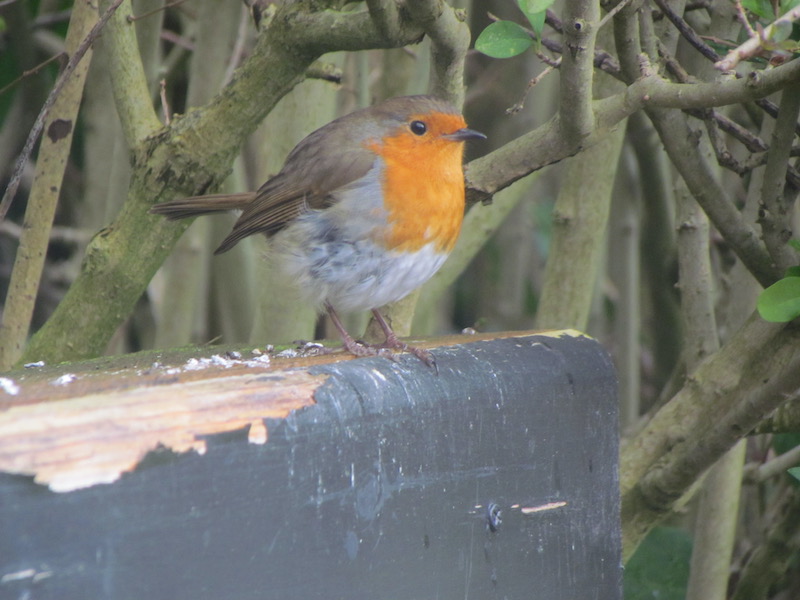
One of the most beautiful sounds is their song, although being one of the first to start the dawn chorus many may not think so.
Both birds sing early in the morning and can still be heard into the evening.
Just love being in the garden when they are attracting their mates in the spring with their sometimes very loud tweeting. When out in the garden I can usually hear the robins before I can see them as they blend in very well to the dark leaves or bark of a tree.
Even if you are digging in the garden it can be difficult to spot them. They swoop down so fast to pick up something they have seen and can be off again before your eyes can focus.
Enjoy watching out for your robins.
- Home
- Garden Birds
- Robins
